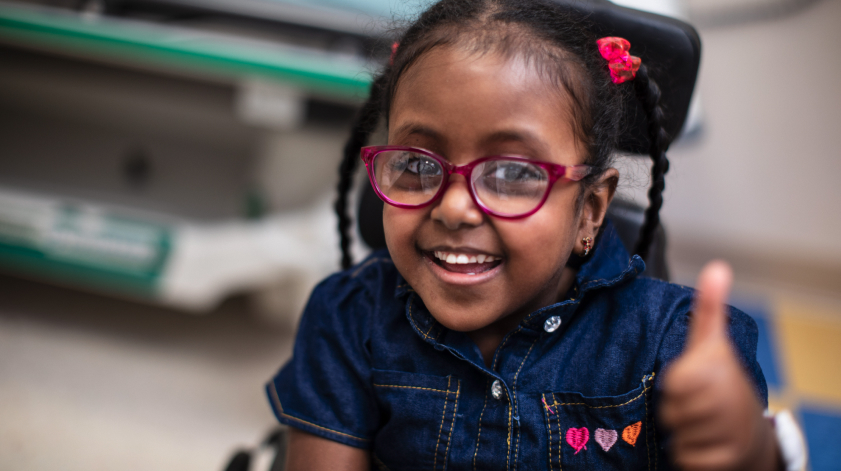
Hip Program

Children’s National Hospital is the only pediatric program in the Washington, D.C., area with expertise in hip disorders. Our orthopaedic specialists offer comprehensive care and hope to children and young adults with hip disorders.
Our Providers
Our pediatric specialists provide personalized care for your child’s physical, mental and emotional health needs.
Contact Information
For appointments, please call 1-888-884-BEAR (2327) and for information, call 202-476-2112.

Related Care
The Hip Preservation Program at Children’s National helps children with early-onset hip disorders maximize the functioning of their natural joint.
Choosing the Hip Program at Children’s National Hospital
At Children’s National, our nationally-ranked orthopaedic program is making a difference in the lives of children with hip disorders. Whether your child was born with a (congenital) hip condition, developed one or acquired one through injury or orthopaedic trauma, we deliver the best available care.
Highlights of our program include:
- Advanced surgical treatments: Part of what makes our program unique is our surgical expertise. From surgical hip dislocations to minimally invasive arthroscopic procedures, we help children achieve excellent outcomes. Learn more about having surgery at Children's National.
- Safe and accurate diagnosis: We use a range of imaging techniques, including advanced magnetic resonance imaging (MRI) studies to explore blood flow and cartilage in the hip.
- Preventative care: The hip preservation program at Children’s National is dedicated to helping children with complex conditions delay or prevent the need for hip replacement surgery.
- Expertise: Our orthopaedists participate on boards and special committees of professional societies focused on pediatric hip disorders. We also are training the next generation of pediatric hip experts through our orthopaedic surgery and sports medicine fellowship program.
- Research: We are proud members of the International Perthes Study Group, a distinguished group of more than 40 orthopaedic surgeons and researchers from around the world who work to advance knowledge and care for patients with Perthes disease. Together, we are improving care and treatment for pediatric hip disorders.

Conditions We Treat
Understanding your child's condition is an important step on your treatment journey. Learn more about causes, symptoms and diagnosis for hip disorders in children.


Give to Save Lifetimes
Change a child's life forever. Donate to help find cures, fuel innovation and provide world-class care for every child.








